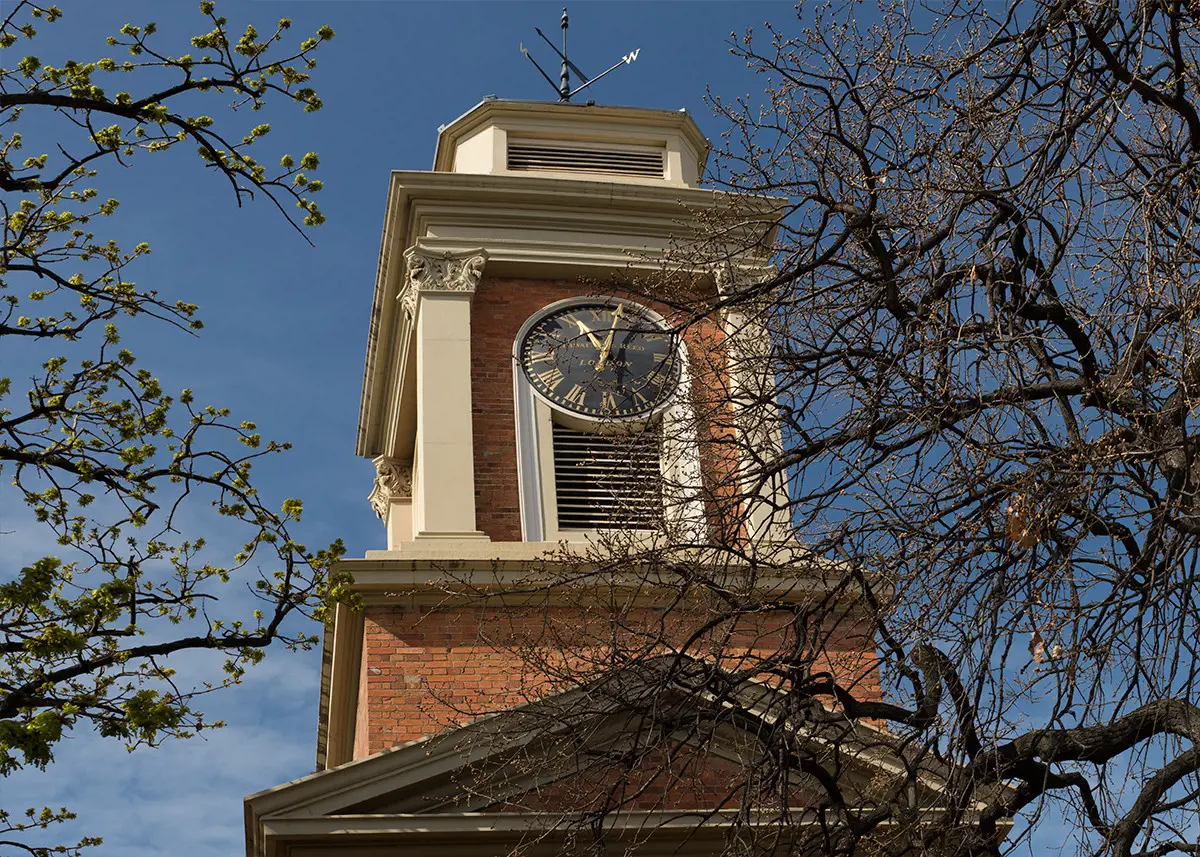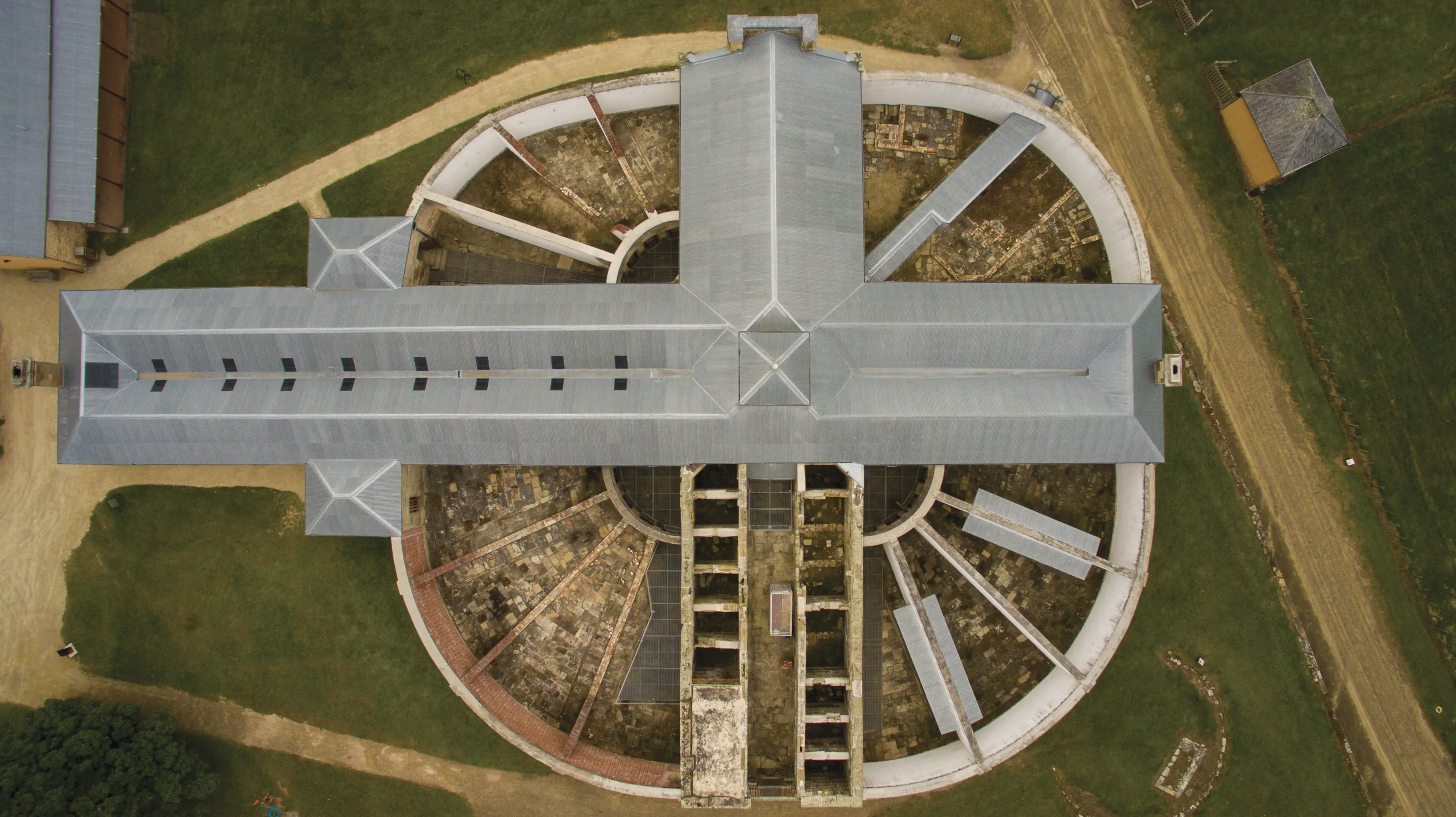
Tasmania’s beauty wasn’t lost on its convicts.
“To find a gaol in one of the loveliest spots formed by nature in one of her loneliest solitudes creates a revulsion of feeling I cannot describe,” one Irish political prisoner wrote on first seeing the island that would be defined by convicts for much of the 19th century.
To the British, Van Diemen's Land – as Tasmania was known until 1856 – seemed like the end of the Earth, an ideal place to send criminals and relieve pressure on an overcrowded prison system at home.
Tasmania had some of Australia’s largest and most notorious penal settlements. Between 1804 and 1853, more than 70,000 convicts were forcibly transported to Tasmania and set to work building, mining, pining and farming for the state and private landowners.
Their efforts are visible in roads, bridges and hand-wrought architecture in the towns they helped to establish. Travel along the Heritage Highway (aka the Midland Highway) or follow a Heartlands drive journey through central Tasmania and these tangible legacies remain around towns such as Ross, Richmond and Campbell Town.
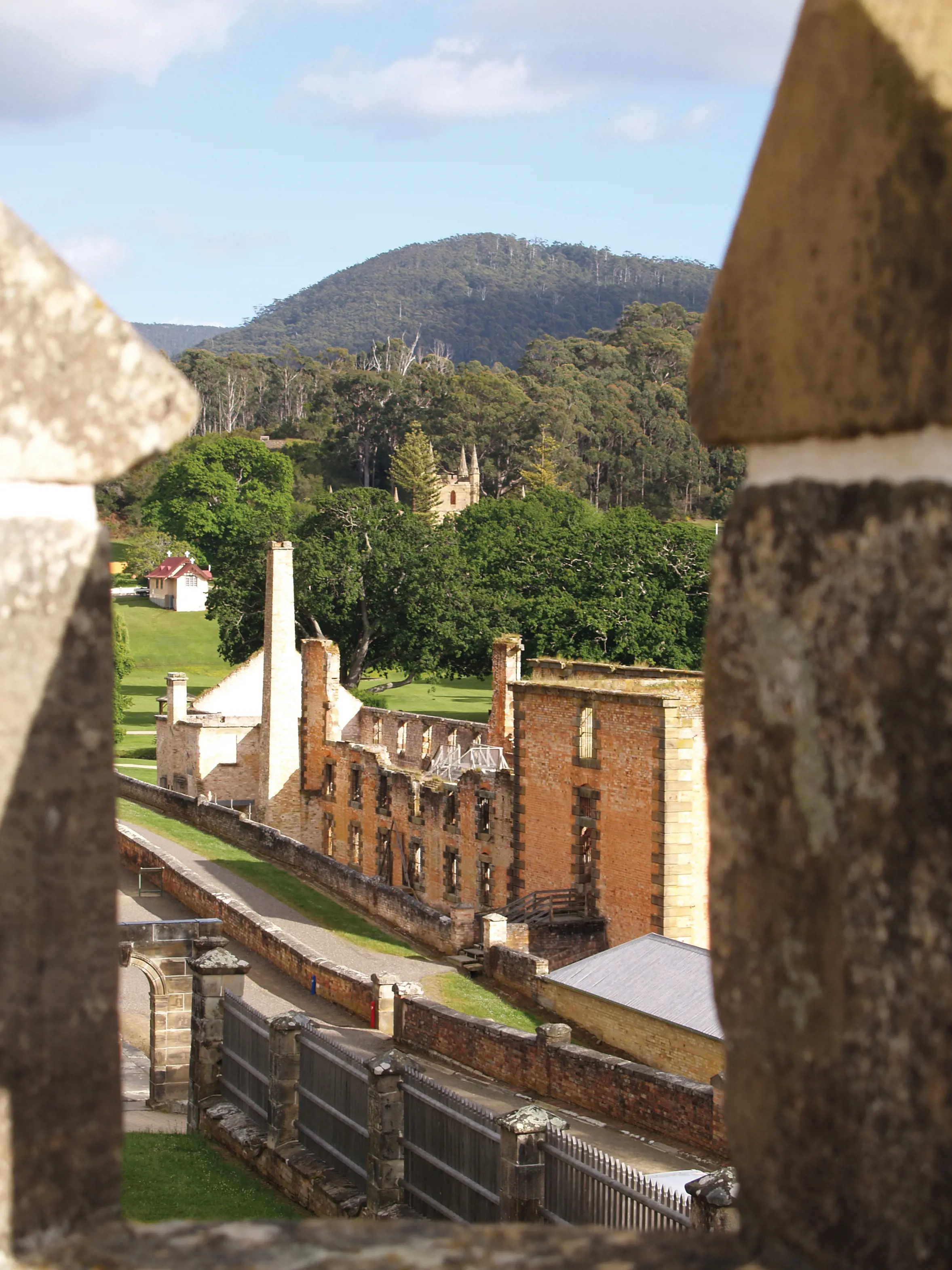
Penitentiary, Port Arthur Historic Site
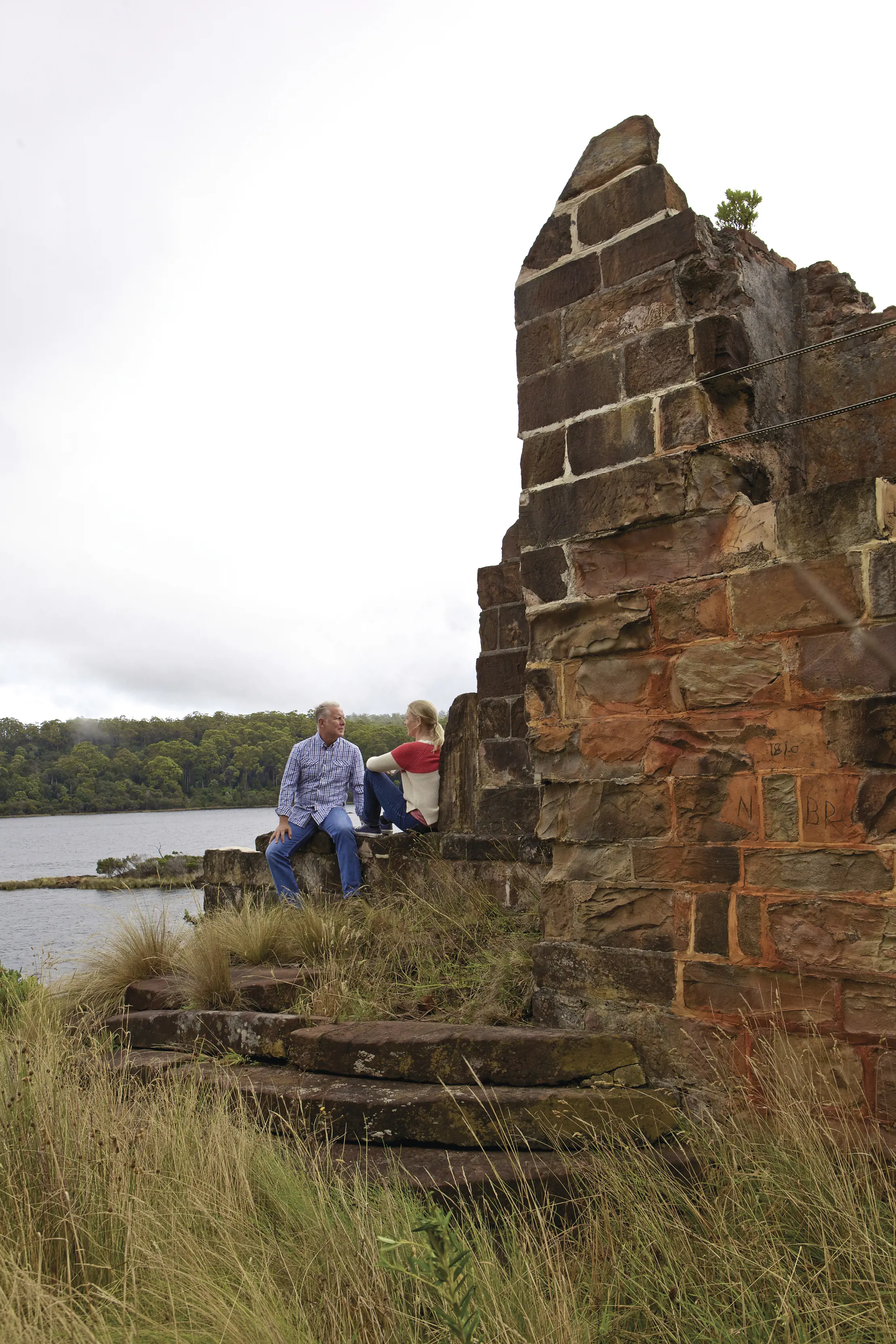
Capital punishment
The Hobart Penitentiary Chapel, known as the Tench, was built in the early 1830s to house the growing number of convicts arriving in the colony. Inside are its still-working gallows and a chapel that is testament to the mental and emotional torture of the site. Beneath the floor of the chapel are 36 solitary confinement cells, built so that isolated prisoners could still hear the services. The cells were later declared inhumane. Get the full eerie perspective on an after-dark ghost tour.
In South Hobart, the Cascades Female Factory is one of Australia’s best-preserved female convict facilities. Female convicts were placed here, up the hill and away from the main Hobart settlement. Learn about the site and its occupants during tours and exhibitions at the factory’s new history and interpretation centre. Performances include The Proud and the Punished, a 40min, one-woman show at the site.
Island prisons
In 1803 the first Tasmanian jail was built at Risdon Cove, the state’s first settlement; in 1804 the prisoners were moved across the river to Sullivans Cove, later known as Hobart.
In 1822, Macquarie Harbour Penal Station was established on Tasmania's remote west coast, with weather-beaten Sarah Island at its centre. About half the convicts sent to Macquarie Harbour were secondary offenders, including mutineers and escapees, and they carried out the difficult and dangerous work of logging Huon pines for shipbuilding. For a time, the island prison was Australia’s largest shipbuilding operation.
Renowned for its harsh conditions and corporal punishments, Sarah Island became a byword in England for discipline. It also became known for ill-fated escape attempts by convicts who drowned, starved and allegedly resorted to cannibalism in the wilderness.
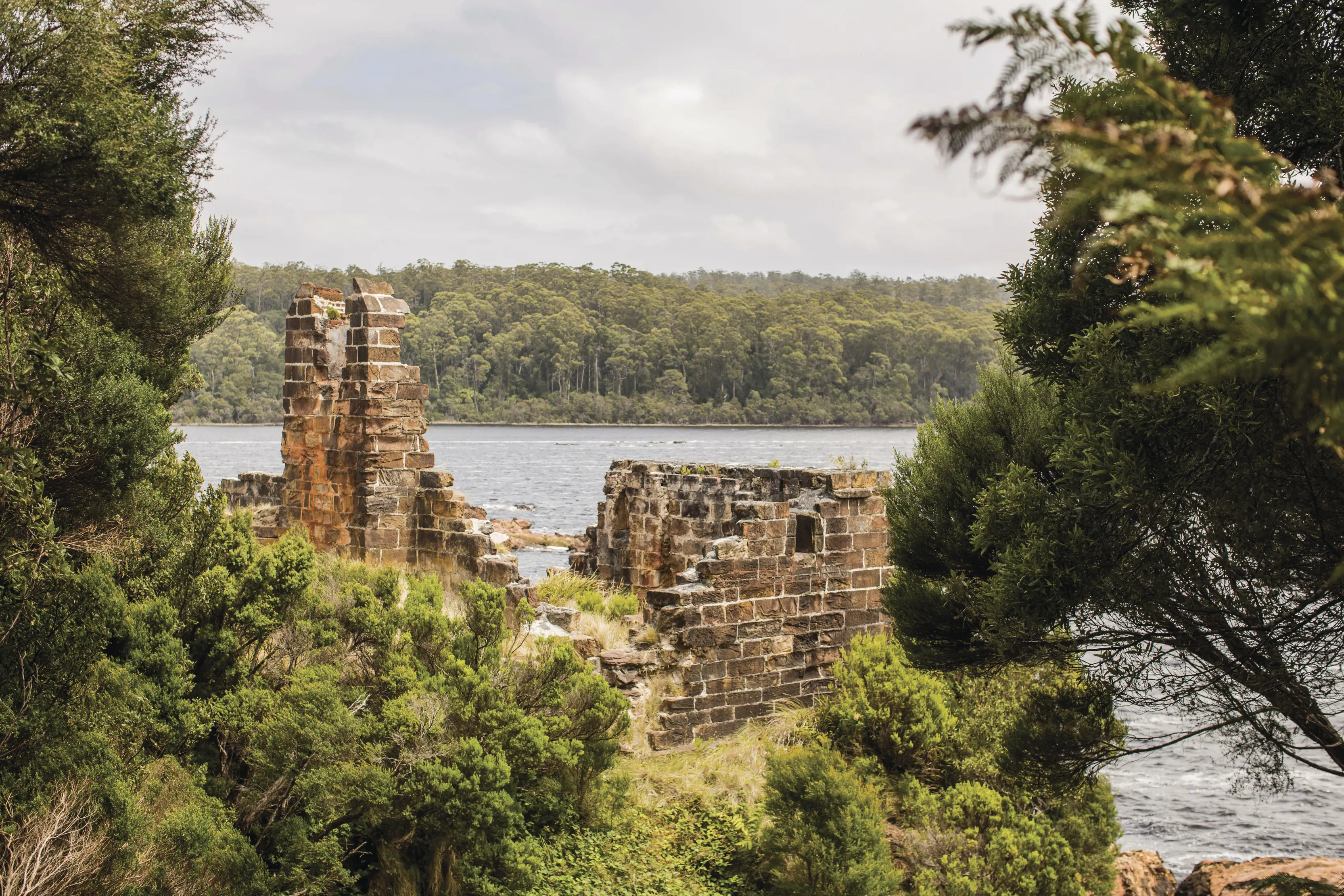
One such tale of hijack and escape is told nightly in Strahan, where Australia's longest-running play, The Ship That Never Was, tells the remarkable true story of an escape from Sarah Island by 10 convict shipwrights in 1834.
On Tasmania’s opposite side, Darlington Probation Station is located on Maria Island, a national park island covered in bushland, beaches and mountains.
Darlington began as a convict station in 1825, but operated for only seven years because of the frequency of escapes. It reopened a decade later, and finally closed in 1850. Dotted around the penitentiary and its many convict relics are industrial reminders of a later period when entrepreneur Diego Bernacchi attempted to transform the island into an empire of concrete, wine and silk production.

Darlington, Maria Island
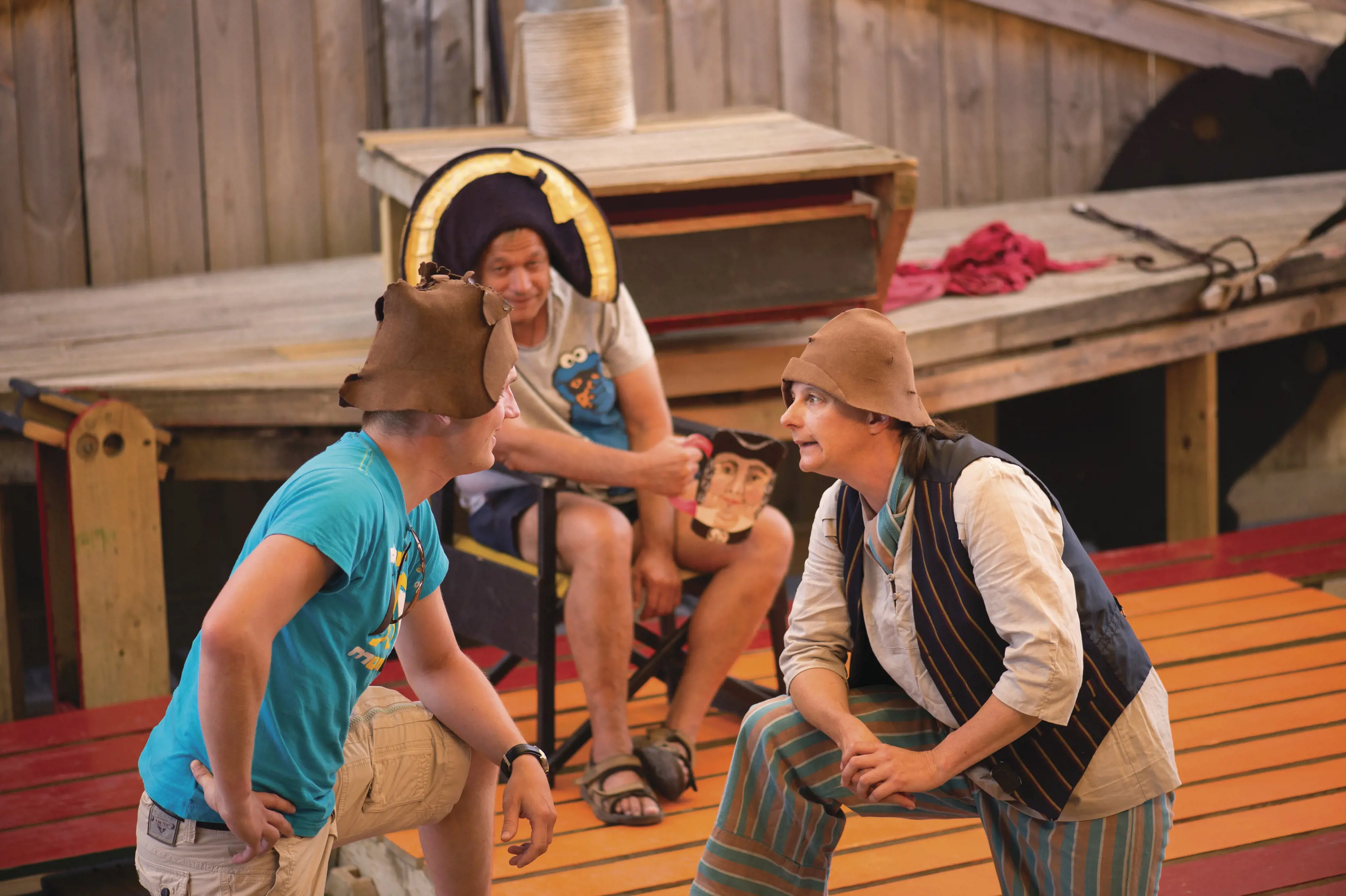
The Ship that Never Was - The Round Earth Company
Escape-proof Port Arthur
The Port Arthur penal settlement, on Turrakana / Tasman Peninsula, began in 1830 as a timber station and functioned as an industrial prison until 1877. Unlike the routine floggings practised at Macquarie Harbour, punishment at Port Arthur was considered relatively humane. Convicts laboured under close surveillance, but solitary confinement was favoured over physical retribution.
A precursor to California’s Alcatraz Island, the Port Arthur penitentiary was situated on a peninsula surrounded by what were rumoured to be shark-infested waters. The peninsula’s narrow isthmus was guarded by a ferocious line of dogs tethered at short intervals. Known as the Dog Line, it was so successful as a deterrent that few convicts attempted to escape and even fewer succeeded.
One famous attempt was made by George “Billy” Hunt, who disguised himself with a kangaroo hide and attempted to hop his way to freedom. His plan was foiled when half-starved guards tried to shoot him for food. Hunt threw off his ’roo disguise and surrendered, receiving 150 lashes for his troubles.







